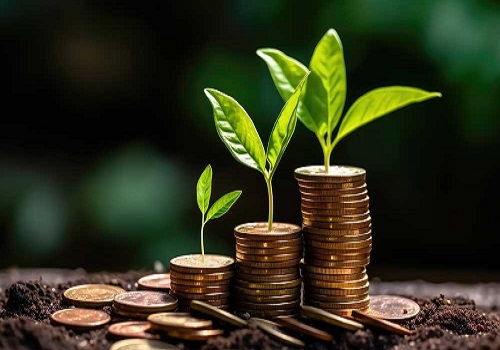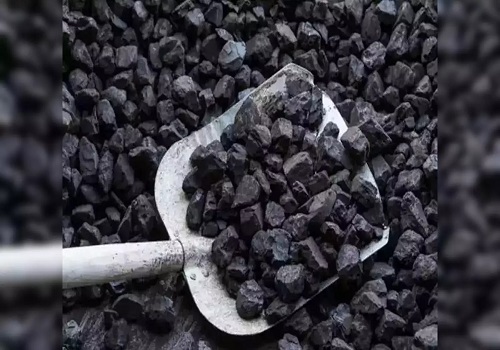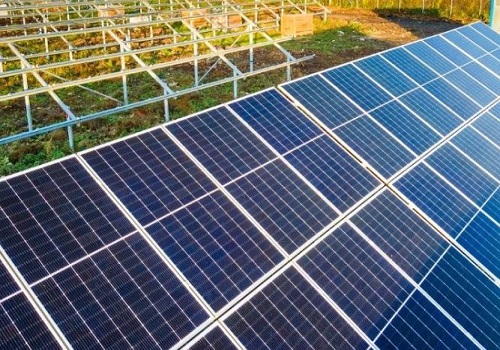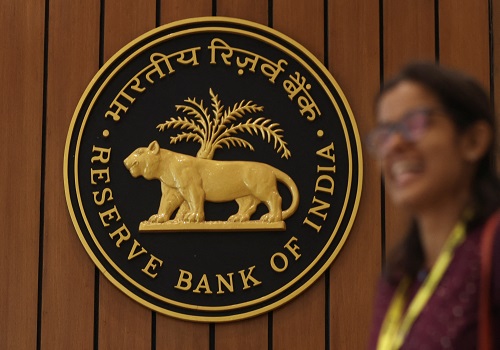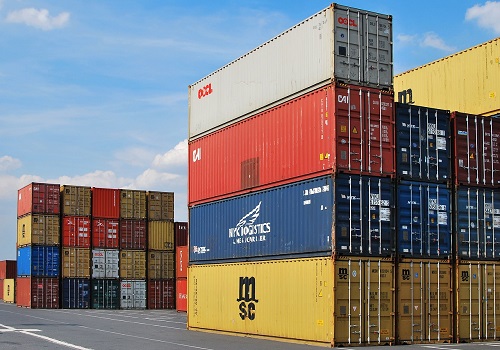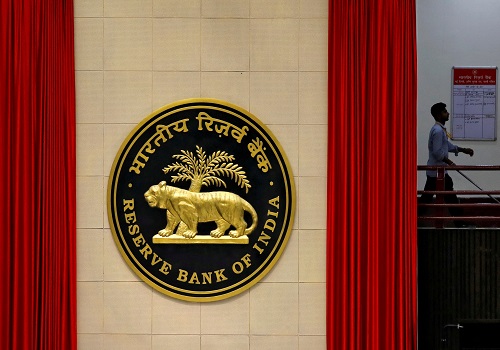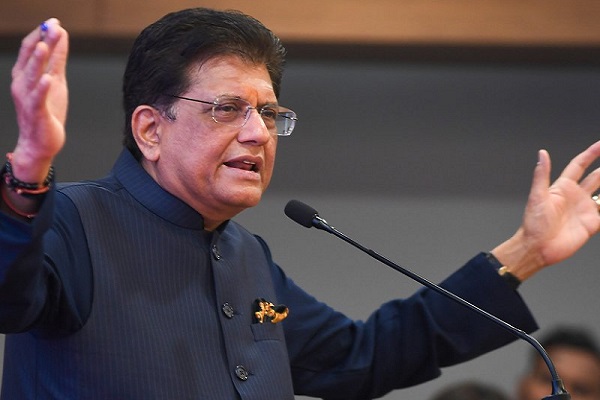World Bank Sees 7% Dip in Food Prices by 2025 by Amit Gupta, Kedia Advisory
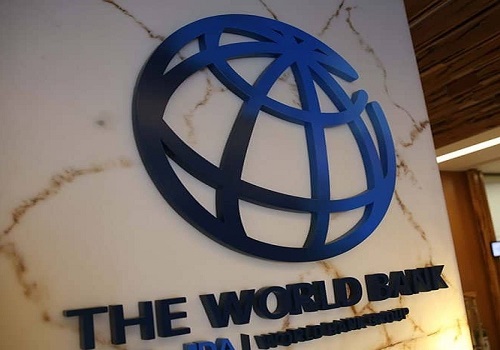
The World Bank projects a 7% drop in global food prices in 2025, led by an 11% fall in grain prices due to ample supply and lower demand. Rice prices are expected to plunge 29%, driven by India's relaxed export restrictions and increased output. Wheat prices may edge down slightly due to tight supplies despite high production, while maize prices are forecast to fall 2% as biofuel demand wanes. Oils and meals are also expected to decline, especially soyabean products, with soyameal prices projected to drop 16%. Palm oil prices, however, could rise due to tight supply and increased biodiesel mandates. Overall, food prices may stabilise in 2026 after the 2025 fall.
Key Highlights
* Food prices to fall 7% in 2025, says World Bank.
* Grain prices to drop 11%, led by a 29% fall in rice.
* Oils and meal index projected to dip 7% in 2025.
* Soyabean and soyameal prices expected to decline sharply.
* Palm oil prices may rise due to supply and biodiesel demand.
The World Bank, in its latest *Commodity Markets Outlook*, forecasts a 7% decline in global food prices in 2025. This drop is driven primarily by a sharp fall in grain prices, expected to decline by 11% year-on-year. Within grains, rice prices are projected to plunge by 29%, the steepest drop among major food commodities. This is attributed to ample global supplies and India’s easing of export restrictions, which significantly boosts global availability, as India contributes 40% to global rice exports.
Wheat prices are also expected to see a marginal decline, as strong global production is likely to be offset by slightly higher consumption and declining global stock levels. Meanwhile, maize prices are forecast to fall by 2% in both 2025 and 2026, influenced by lower biofuel demand due to reduced crude oil prices and higher US-China trade tariffs. Increased planting due to recent price competitiveness may further boost maize supply.
In the oils and meals segment, prices are anticipated to fall by 7% in 2025. Soyabean prices could tumble 17% amid record production and reduced Chinese imports. Soyameal prices are expected to fall 16%, while soyabean oil prices may ease modestly due to softer biofuel demand.
However, palm oil prices are expected to defy the trend, rising by 6% in 2025 due to tight stocks and increased biodiesel blending mandates in Indonesia. Structural supply-side constraints may also support prices in 2026.
The World Bank warns that while the overall outlook is downward, risks such as extreme weather and trade barriers could disrupt forecasts and trigger price volatility.
Finally
Global food prices are set to decline in 2025, but uncertainty around climate and trade may sway this forecast in either direction.
Above views are of the author and not of the website kindly read disclaimer



